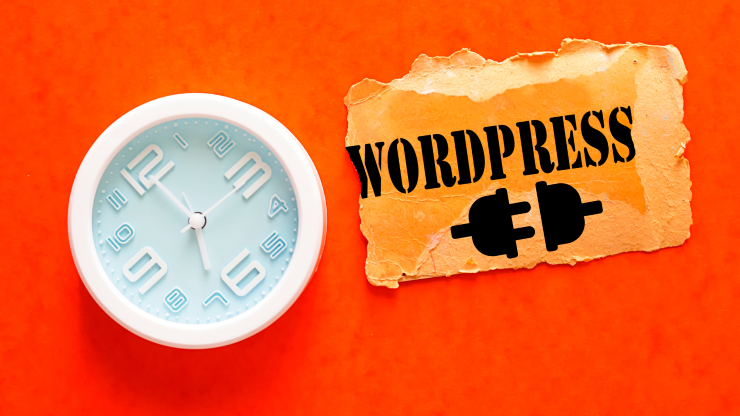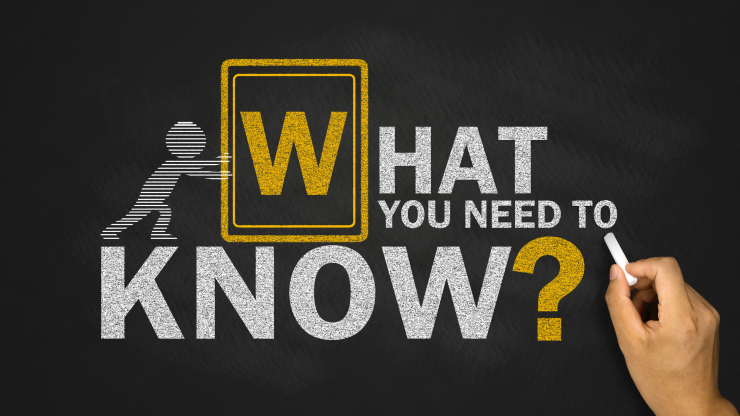
Have you ever considered how people with disabilities navigate the internet? Unless you have a disability yourself, then there are equal chances you have not really thought too much about this. But you should.
Assisting more people with access issues to engage with web content is the primary reason the Web Content Accessibility Guidelines (WCAG) were created. They exist to ensure that websites are usable by everyone.
There is a growing tide of developers and client companies building WCAG compliance, so learning more about what you need to know is becoming critical. With WordPress being one of the most popular website building platforms out there, chances are you have a site that is built on it, but perhaps without WCAG consideration.
Let’s take a look at the guidelines and give you tips to broaden your audience and enhance overall user experience.
What is the WCAG
The Web Content Accessibility Guidelines (WCAG) are a set of internationally recognised standards for web development to make content more accessible to more people irrespective of their ability or disability. These guidelines are designed to help developers easily design their website with the idea of inclusivity of everyone.
These are the four fundamentals of the WCAG:
1. Perceivable: Information and UI elements must be presented in a way that all users can perceive. This includes providing alternate text for non-text content, video captions and other accessibility functions.
2. Operable: UI elements and navigation elements need to be operable by all users, this includes adding functionalities such as keyboard accessible navigation, designing layouts that consider users with light sensitivity as well as affording time for users to navigate and view UI elements.
3. Understandable: The content of the website needs to be clear and simple; this is to ensure that the content can be understood by all individuals. This includes adding visual images for navigation and consistent layout across the
4. Robust: Additionally, content should be robust so that they can adapt to different ranges of technologies and include support for future assistive tools. Achieving this can be through good, cleancodebase and ensuring content is optimised for different devices such as mobile phones and tablets.
Implementing WCAG in Site Development
To create an effective and inclusive website, it’s important to plan for accessibility from the start. This means thinking about users with disabilities, understanding what they need from the site, and designing with those needs in mind. Creating user personas that reflect these needs can guide better design decisions.
Developers should incorporate accessibility principles into the foundation of the site. This makes it easier to integrate both current and future accessibility features as requirements evolve.
To approach this effectively, it helps to break the process into two phases; initial site development and enhancing existing websites.
Initial Site Development
When planning a website, the scoping and wireframing process is always important. At this point in time, considering the WCAG standards is clever business as it allows you to then incoprorate the required elements into your costing phase and ensure that your technical specifications take into consideration the correct plugins that WordPress offer
Key Considerations for initial website development:
- Website Visual Clarity: Ensure that the colours and themes used on the website have visual clarity and aim for at least a 4:5:1 ratio for standard text content and 3:1 ratio for larger text. There should also be colour blind accessibility, so information on the website should be visually present with not only colours but text and icons.
- Accessible Design Blueprint: Ensure website wireframes and design documents address color contrasts, readable typography and clear navigation structures. The blueprints should outline how interactive elements can be accessed via keyboard or screen readers.
- WCAG-Compliant Code Practices: Adopt coding standards that align with WCAG guidelines. This includes utilising semantic HTML, proper heading hierarchies and ARIA roles where needed.
- Plugin and Theme Selection: Identify plugins and themes that have been tested for accessibility or carry an ‘Accessibility Ready’ tag. This reduces the risk of integrating plugins that are not site inclusive.
- Testing: Integrate testing tools in early development to identify potential issues before they become embedded in the website.
Enhancements to Existing Websites
Building from the ground up is always better, but for websites that are already live, there are steps that can be taken to improve accessibility and enhance inclusivity. The goal of these enhancements is to retrofit accessibility to the website without disrupting the existing user experience.
These are enhancements that can be added for existing websites:
- Website Visual Clarity: As above, ensuring colours and themes used on the website have visual clarity and that you have at least a 4:5:1 ratio for standard text content and 3:1 ratio for larger text is critical.
There should also be colour blind accessibility, so information on the website should be visually present with not only colours but text and icons. - Screen Reader Optimisation: Include semantic HTML and proper ARIA attributes across the website’s code to ensure compatibility with screen readers. This includes adding description alt texts, labeling forms and ensuring dynamic content is announced properly for the visually impaired users.
- Text Captioning: Multimedia content such as videos should incorporate captions and transcripts. This will improve comprehension for users who prefer or require text-based information
- Keyboard Accessibility: Ensure that all interactive elements can be operated via the keyboard. Verify that users can navigate through menus, forms and widgets using keyboard controls and that element focus indicators are clearly visible. This is necessary for users who are unable to use a mouse or other pointing devices.
Implementing these enhancements gradually and testing them with assistive technologies is key in maintaining and further improving accessibility. Conducting regular WCAG audits and updates are also necessary in aligning the website design with WCAG requirements which are periodically updated as new technology and discoveries are made.
Your next steps
Enhancing your understanding on website accessibility and the WCAG regulations is not mandatory, but investing into it now will help broaden your audience and improve the user experience of your WordPress Website.
We have helped dozens of clients over the years to achieve WCAG compliance and are here , ready to help you. As one of Australia’s leading specialist white label agencies we’re confident in our ability to help in the design and implementation of your WCAG compliant WordPress Website.
Related Articles
Why Choose Us?
With decades of experience and a dedicated team, we are committed to delivering high-quality web development services. Our client-centric approach ensures that we understand your needs and provide solutions that exceed your expectations.








